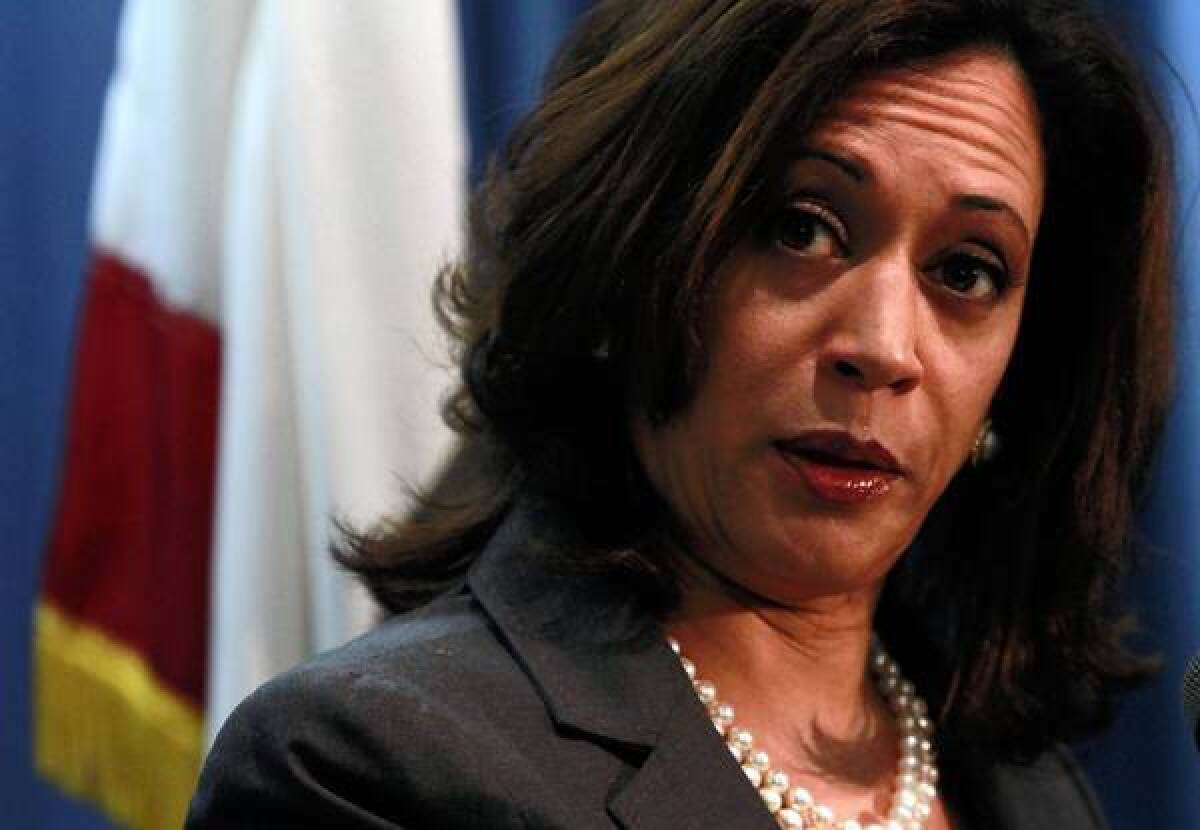Banks exceed mortgage aid promised to Californians, monitor says

- Share via
Thanks to abundant short sales, Bank of America, Wells Fargo and JPMorgan Chase have exceeded by 50% the amount of help they pledged to struggling California homeowners when they settled foreclosure-abuse allegations 20 months ago.
The three banks had promised to reduce the amount Californians owed on mortgages by $12 billion; they have provided more than $18.4 billion in relief, according to the monitor, UC Irvine law professor Katherine M. Porter.
The monitor’s report was to be issued Tuesday morning. The Times reviewed it in advance.
IN DEPTH: Five take-aways on housing from Fannie Mae economist Doug Duncan
“I am very, very pleased that these banks delivered such widespread principal reduction so quickly,” Porter said in an interview.
She said the California aid included three components:
Short sales. A little more than half the relief was recorded by allowing borrowers to sell their homes for less than they owed on their first mortgages. The process provides a more dignified and less credit-damaging way than foreclosure for troubled borrowers to relinquish their homes.
The difference between what the borrowers owed and what the homes sold for totaled $9.24 billion. That was nearly three times the $3.1 billion in short sales benefit expected when California Atty. Gen. Kamala D. Harris announced the deal -- an additional $6.1 billion.
Second liens. The banks wrote down second mortgages and home-equity credit lines by $4.7 billion. Of that, $3.3 billion came from a Bank of America program that Porter and consumer advocates have praised, which automatically wiped out 36,000 second-mortgage debts.
The BofA seconds and many others were marked as paid in full, removing blemishes from the borrowers’ credit ratings, enabling some borrowers to retain homes and in other cases removing an obstacle to a short sale.
First liens. The third component, totaling $4.5 billion in relief, was reducing first-mortgage balances, an action regarded as the most effective way to help borrowers remain in their homes.
First- and second-mortgage principal reduction combined totaled $9.2 billion in California, compared with the $8.9 billion foreseen when the program was announced. The expectation was that 250,000 Californians would be helped by principal reduction; the actual number turned out to be 84,102, with a high average amount per borrower helped.
The debt-elimination deal was a demand of Harris, who had said Golden State residents, hit especially hard by the foreclosure crisis, should “receive a fair deal commensurate with the harm done here.”
“We insisted on homeowner relief for Californians and demanded enforceability so homeowners actually see a benefit that will allow them to stay in their homes,” Harris said when the program was announced.
The California agreement was part of a national settlement announced in February 2012 by BofA, Wells, Chase, Citigroup and Ally Financial, along with Ally affiliates including GMAC Mortgage. The five big home lenders and mortgage servicers settled investigations of foreclosure abuses by 49 states and the federal government.
Observers have said the widespread use of first-mortgage principal reduction -- something that had rarely occurred as a result of earlier government programs -- disproved the industry’s frequent contention that doing so would result in a barrage of calculated defaults by borrowers hoping to dodge their debts.
Instead, many advocates say, the banks have seen they can come out ahead financially by keeping borrowers in their homes and have continued to provide principal reductions even though they have satisfied their mortgage-settlement obligations.
The relief won’t be official until the national mortgage monitor, former North Carolina banking commissioner Joseph A. Smith Jr., has finished auditing the banks’ reports. Smith told The Times he hopes to accomplish that by year-end. His next report is due out by the end of this month.
Smith is required to credit the aid differently under the terms of the national mortgage settlement than under the California agreement.
The national settlement, in most cases, gives the banks less than a dollar of credit for each dollar of relief provided. For example, reducing second-lien debt earns the banks 90 cents, 50 cents or 10 cents on the dollar, depending on the degree of delinquency.
The result is that the banks had reported $51 billion in consumer assistance as of June 30 in the quest of accomplishing their promised $25 billion in credited aid under the national mortgage settlement.
The California agreement, by contrast, does not discount any type of borrower relief. It instead awards extra credit in cases where the relief was delivered in the first year of the program or to designated counties that were affected most by foreclosures.
Reducing the amount owed on an underwater second mortgage, regardless of the degree of delinquency, would earn 125% credit under the California agreement -- so long as the debt was forgiven within the program’s first year and the home was located in one of the hardest-hit counties.
ALSO:
California is key to national mortgage pact
Harris: proposed mortgage settlement inadequate
California may join national mortgage settlement with banks
More to Read
Inside the business of entertainment
The Wide Shot brings you news, analysis and insights on everything from streaming wars to production — and what it all means for the future.
You may occasionally receive promotional content from the Los Angeles Times.











